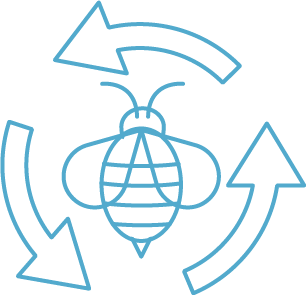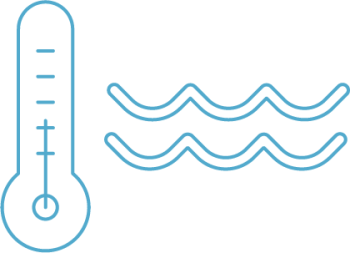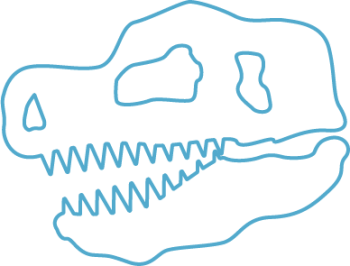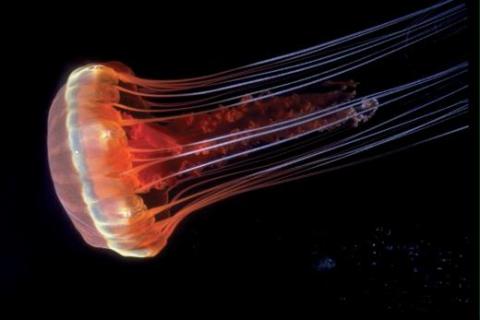Cnidarians are soft-bodied, except for the calcium carbonate skeletons of corals, so fossils are rare. The oldest corals lived in the Cambrian and there are some fossils from that period.
In some places scientists have even found trace fossils – impressions of jellies.
Sea anemones are part animal, part plant at the genetic level. “Evolutionary and developmental biologists have discovered that sea anemones display a genomic landscape with a complexity of regulatory elements similar to that of fruit flies or other animal model systems. This suggests that this principle of gene regulation is already 600 million years old and dates back to the common ancestor of human, fly and sea anemone.” At the same time, sea anemones are more similar to plants than vertebrates or insects in the regulation of genes at the RNA level, between the first step of gene expression and the creation of proteins. This process probably dates back to the common ancestor of animals and plants. Read: "Sea anemone is genetically half animal, half plant".





















